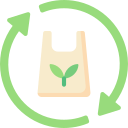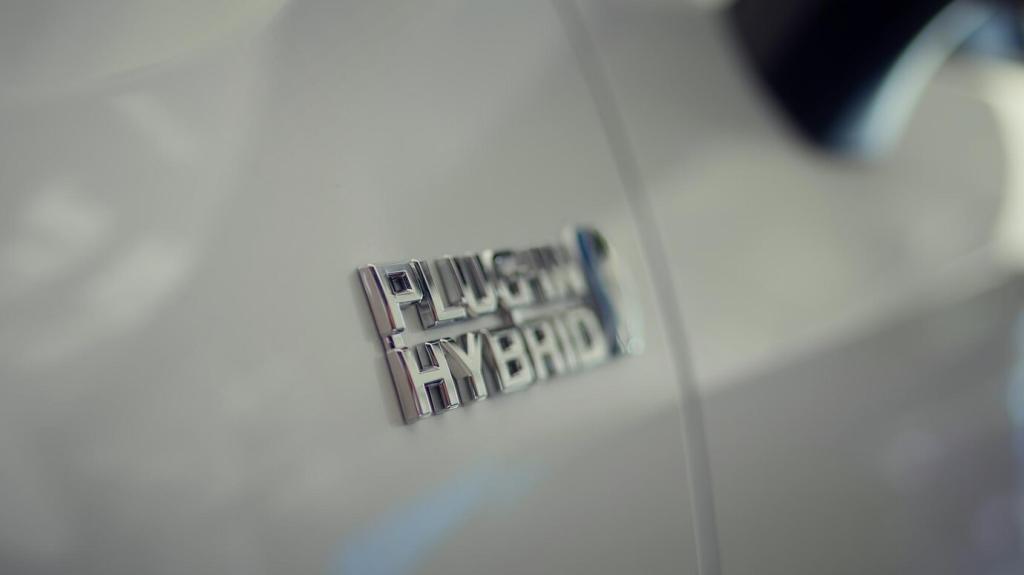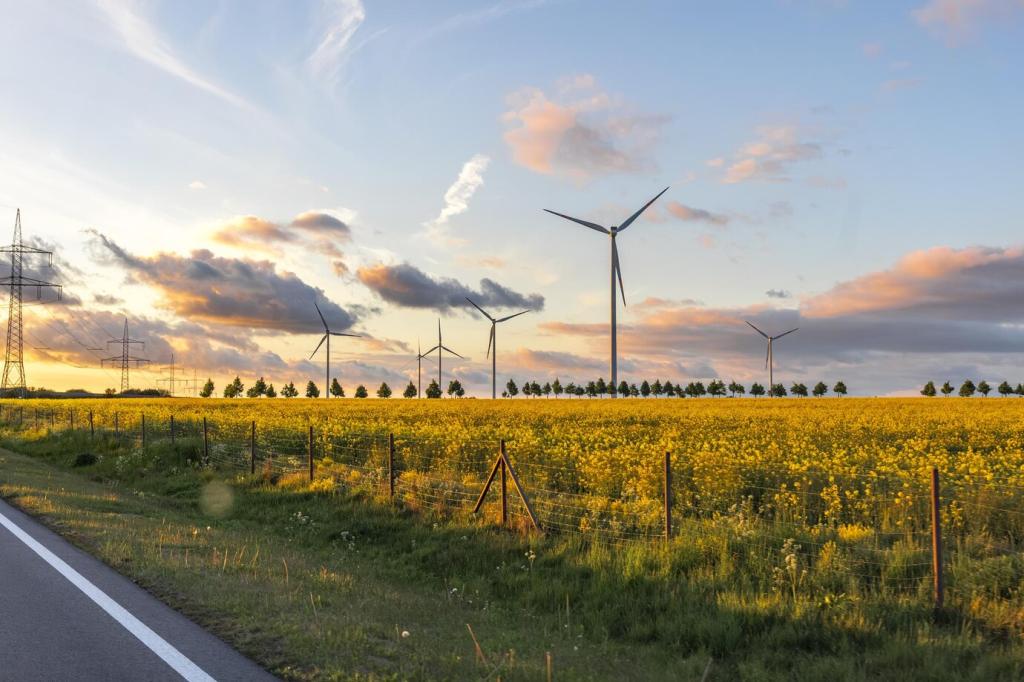Mechanical vs. Chemical: Choosing Sustainable Pathways
Mechanical recycling shreds textiles into fibers for new yarns or nonwovens. Cotton performs well if it is clean and relatively pure. Share your experiences preparing cotton goods, and help us crowdsource a checklist that improves fiber length, reduces linting, and increases the odds of reuse.
Mechanical vs. Chemical: Choosing Sustainable Pathways
Chemical recycling can dissolve cellulose, filter out dyes, and regenerate strong fibers. Innovations inspired by lyocell-style processes point to lower-toxin pathways. We will feature startups turning worn-out cotton into luxe new yarns; subscribe to meet the pioneers reshaping textile chemistry responsibly.
Mechanical vs. Chemical: Choosing Sustainable Pathways
Polyester can be depolymerized into monomers and rebuilt like new, yet blends complicate recovery. Labeling, sorting, and clever disassembly help. Tell us which blends frustrate you most, and we will explore separation breakthroughs that transform today’s problem fabrics into tomorrow’s circular staples.









